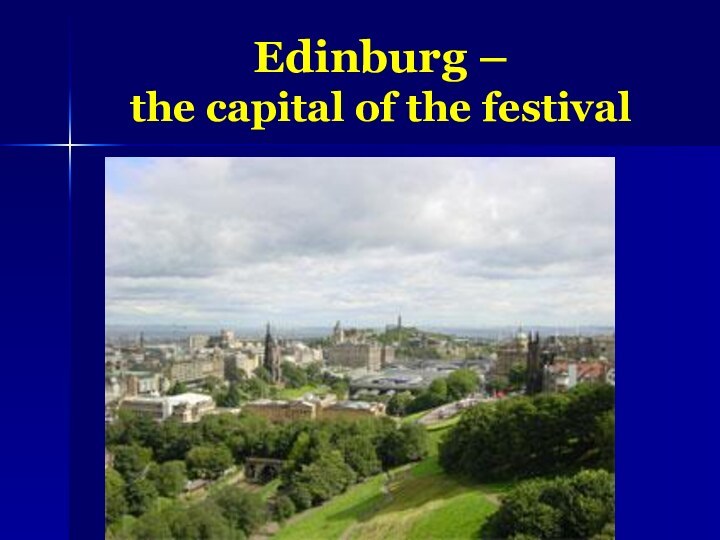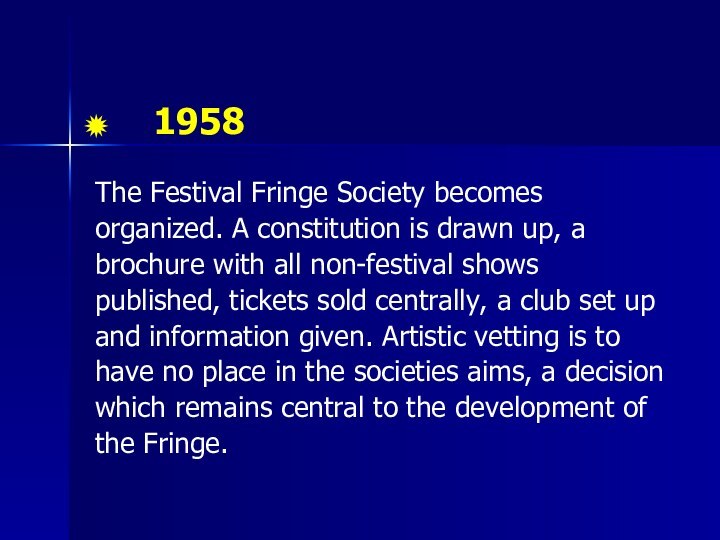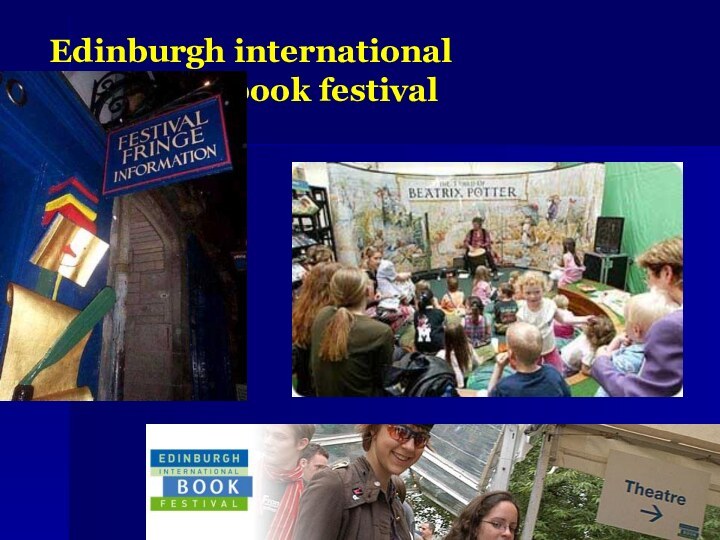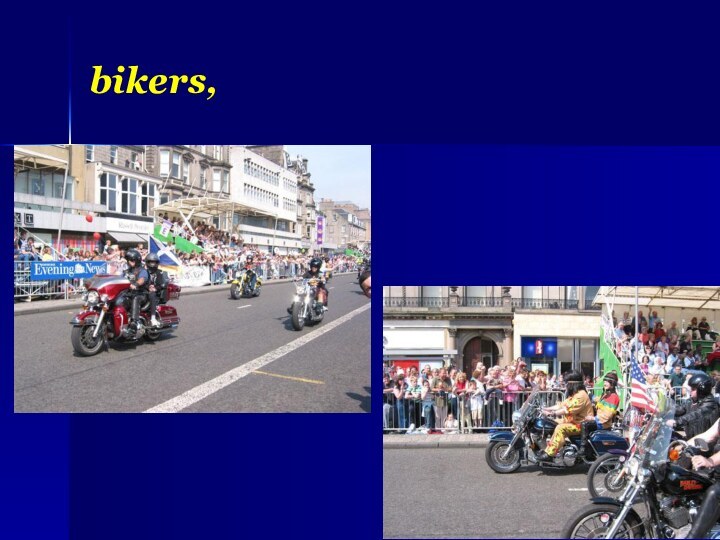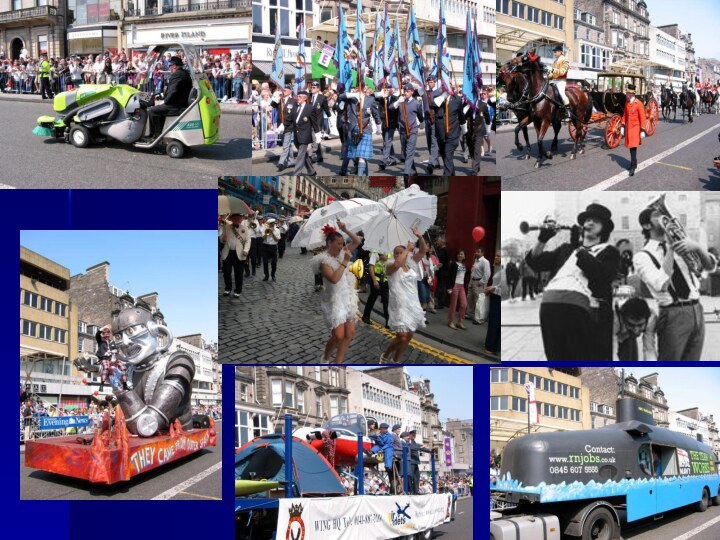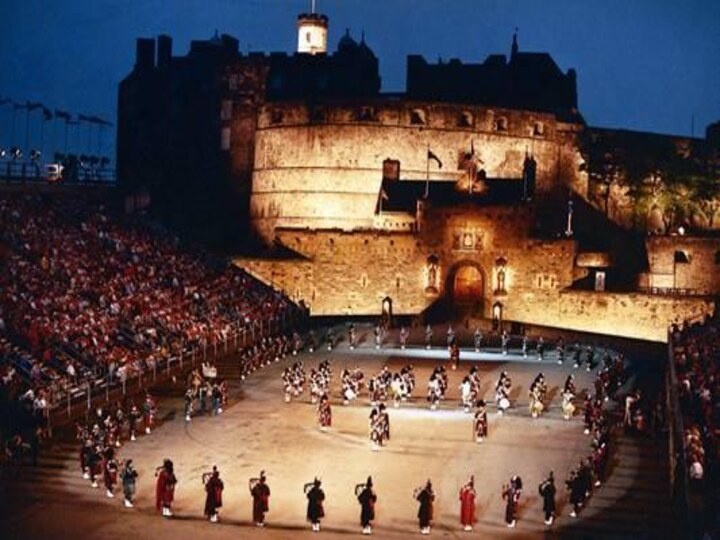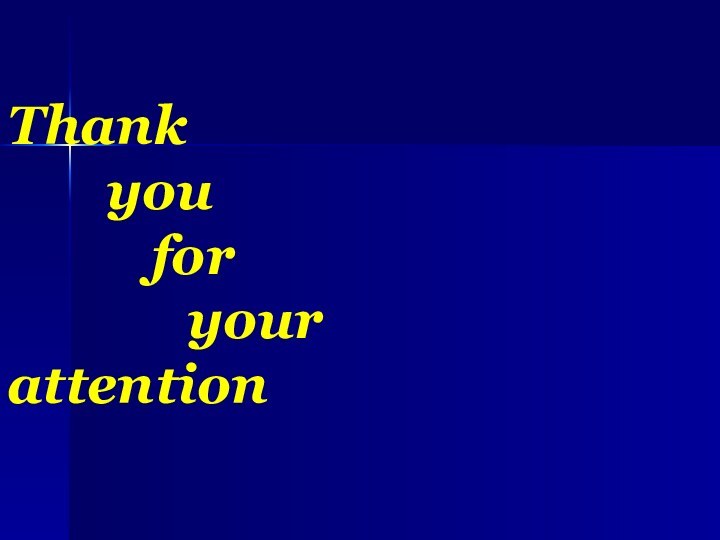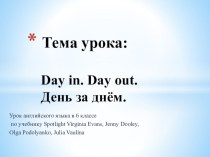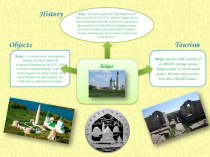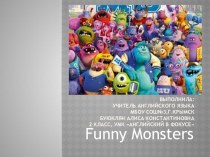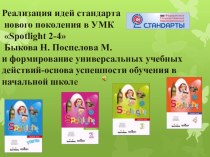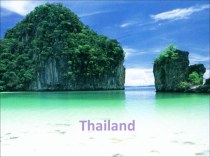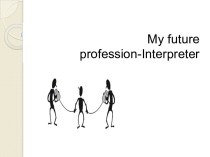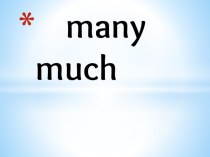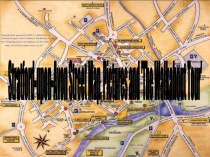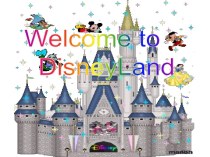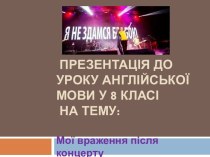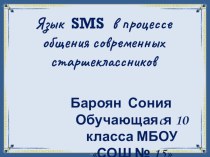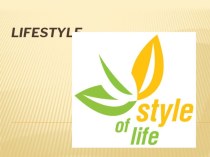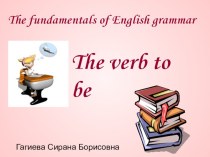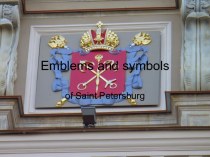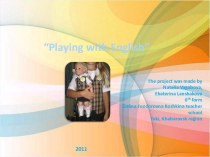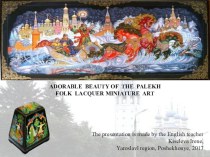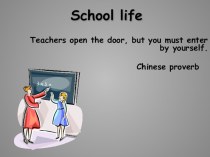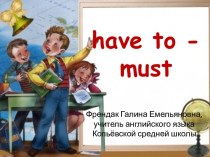Слайд 3
Edinburg –
the capital of the festival
Слайд 4
History of the Fringe
The Fringe story began
in
1947, when the Edinburgh
International Festival was
launched. It was seen
as a
post-war initiative to re-
unite Europe through
culture, and was so
successful that it inspired
more performers than
there was room for.
Слайд 5
The dates from the facts of the Fringe
Society story - a story which is far from
over.
1947
Eight theatre groups turn up uninvited to the
first Edinburgh International Festival. The inn
is full so they check in at venues away from
the big public stages. The first Fringe has
been born. There is no central box office, no
Fringe Program, no advance publicity – the
interlopers just arrived.
Слайд 6
1958
The Festival Fringe Society becomes
organized. A
constitution is drawn up, a
brochure with all non-festival shows
published,
tickets sold centrally, a club set up
and information given. Artistic vetting is to
have no place in the societies aims, a decision
which remains central to the development of
the Fringe.
Слайд 7
1966
Tom Stoppard Rosencrantz and
Guildenstern are Dead
is premiered by
the Oxford Theatre Group.
Слайд 8
1971
John Milligan the first Fringe
administrator is employed. The first steps to a more
professional Fringe are being taken. 7:84 Scotland perform their first Fringe production at Cranston Street Hall, Trees in the Wind by John McGrath
Слайд 9
1980
The annual competition for the Fringe
poster design is launched in schools all over Scotland.
The competition attracts around 3000 entries every year.
Слайд 10
1992
Technology makes the Fringe box office
more user-friendly than ever before, rendering the famous queues
up the High Street a thing of the past. There is nostalgia for the heady days of one man in his basement office sorting out the mile-high tickets, but for both public and performers booking in, things are much easier.
Слайд 11
2000
The Fringe became the first arts
organization in the world to sell tickets online in
real-time. Over 4,500 bookings were made over the internet.
Слайд 12
2001
The Fringe is still getting bigger.
In 2001 over 600 groups from 49 different countries
performed 1,462 shows in 175 venues across the city. On the first two days of the festival a "2for1" ticket initiative is launched increasing audiences over that weekend by 226%. Ticket sales soar to a record £6,636,093.
Слайд 13
The Edinburgh Festival Fringe is officially the largest
arts festival in the world.
Слайд 14
The Fringe is
Edinburgh international jazz&blues festival
Слайд 16
Edinburgh international
book festival
Слайд 17
Edinburgh international festival
and
Edinburgh international Film festival.
Слайд 18
The Fringe annual awards:
“The Scene” – the best
actor award
“The first prize” – the best play award
“The
Theatre prize” –
The Pantomime,
Dance & Physical
Theatre
and Visual Art award
“Perrier Prize” – Comedy award
Слайд 19
The Fringe
traditionally
opens with
a carnival.
The most
impatient spectators occupy all the pavements of Princess Street, the main street of Edinburgh.
Слайд 20
During the carnival they applaud highlanders,
Слайд 25
Scots
bagpipes
and
drams orchestras
Слайд 26
Fascinating Fringe facts 2007
Some stuff you might not
know about the 61st Edinburgh Festival Fringe -
FRINGE FACTS 2007
Fringe
2007 featured 31,000 performances of 2,050 shows in 250 venues
An estimated 18,626 performers were on stage at the Fringe in 2007
40% (815) of the shows were World Premiers and from the remaining 60% of the program 236 of the shows were European premieres and 93 are UK premieres
304 shows at the Fringe were absolutely free
Слайд 27
In 2007 there were 6 new awards available to
performers. This is in addition to the 15 that
were up for grabs in 2006
At the Fringe in 2007 53,284 tickets were bought in its first week of ticket sales
1.6 Million tickets (1,697,293) were sold during the 2007 Fringe smashing all arts festival records
The Fringe has a 75% market share of all attendance at Edinburgh’s year-round festivals and annually generates around £75 million for the Edinburgh and Scottish economy


